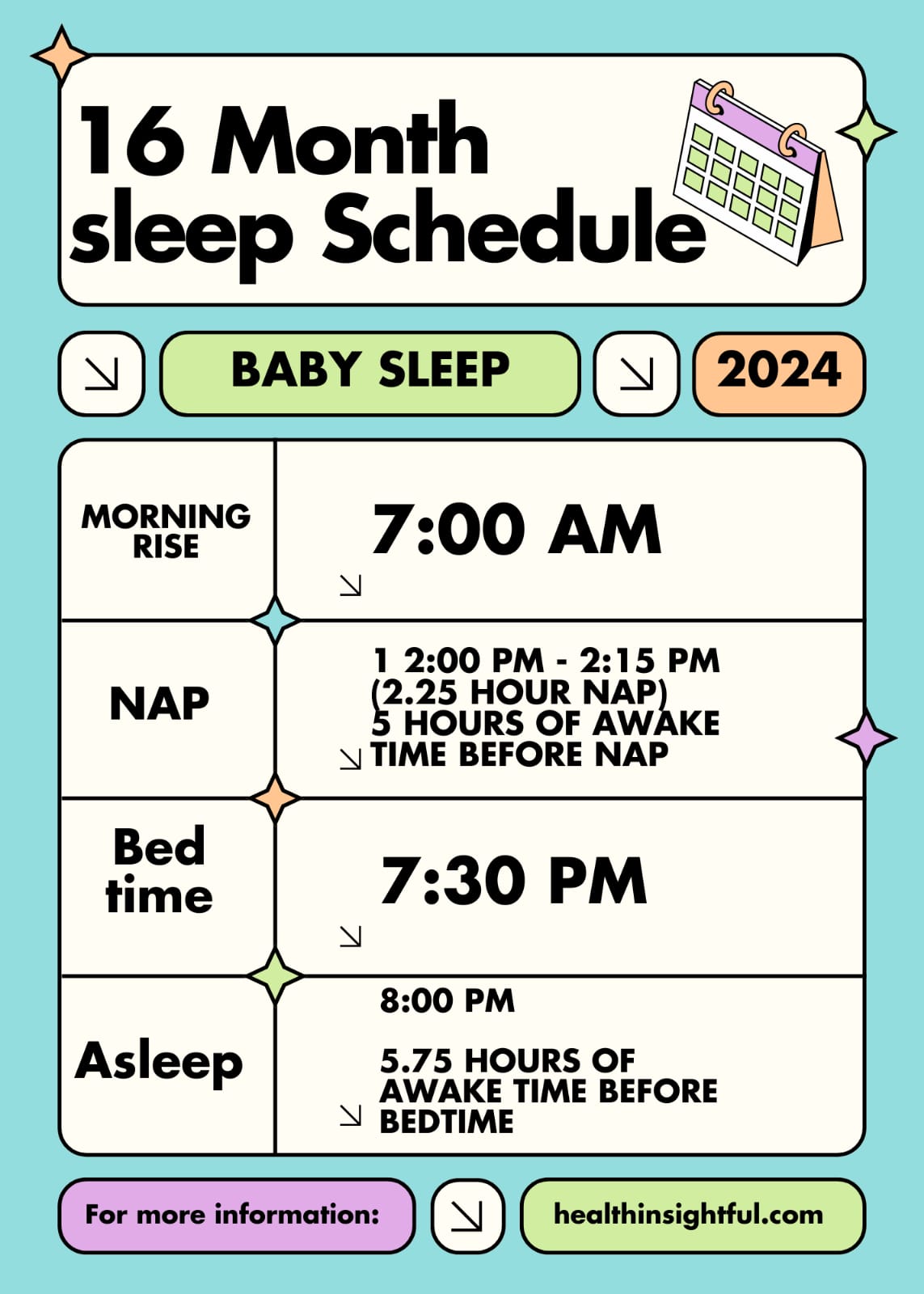Healthy sleep is very essential in the growth, development, and well-being of a child. Unfortunately, too many children are burdened with sleep problems, which may further affect their mood, behavior, and even health. Being aware of common sleep disorders and knowing how to solve them becomes relevant for a parent to ensure that the child sleeps well and has restorative sleep. In this article, we look at some common sleep problems affecting children and find some practical solutions for conquering them.
Reasons Why Good Sleep Is Important to Children
Before digging into the sleep issues, let’s briefly consider why good sleep is actually important for children. Good sleep does the following:
- Physical Growth: During sleep, growth hormones are activated, and these are vital chemicals that help in physical development.
- Brain Development: Good sleep reinforces memory, learning, and concentration. All these features are invaluable in school-going kids.
- Emotional Regulation: A well-slept child has better emotive skills to handle his/her emotions and is able to handle stress much better.
- Immune Function: A good night’s sleep fortifies the child’s immunity that helps them to fight off diseases with ease.
Sleep Problems in Children
1. Bedtime Resistance
What is it?: In bedtime resistance there is active avoidance of sleeping in by children manifesting as stalling with demands for water, another story or just refusing to get into bed.
Why it happens: It is common for toddlers and preschoolers to resist bedtime because of increasing independence and testing limits. The reasons can also be traced back to an unwell-developed nighttime routine or even the omission of a proper wind-down period before bed.
Solution
- Establish a bedtime: Make sure to establish an unequivocal, specific bedtime, even over the weekends, so that predictability can be established.
- Bedtime routine: A well-structured bedtime routine consisting of passive activities such as reading, brushing, and bath time helps create signals that bedtime is near.
- Give choices: allow your child to make small decisions such as which pajamas to wear or which book to read. This gives the child a sense of control.
2. Nighttime Fears Description
What is it: In children, this fear may be related to darkness, monsters in the closet or under the bed, or nightmares. These fears can lead to difficulty falling asleep or staying asleep.
Why it happens: Nighttime fears are part of normal development, and an active imagination can kick in, stirring up fears. Sometimes anxiety about changes, such as moving to a new home or a new school, also contributes to nighttime fears.
Solution:
- Use nightlights: A nightlight may be all it takes to overcome some kids’ nighttime fears.
- Create a bedtime haven: Develop calming bedtime rituals, such as playing quiet music or using a white noise machine.
- Reassure him: Soothe your child by acknowledging his fears and giving him gentle reassurances, such as staying in the room with him until he falls asleep.
3. Sleepwalking And Night Terrors
What is it: Sleepwalking and night terrors are kinds of parasomnias-disruptive sleep disorders that occur during deep sleep. During a night terror, the child will wake up screaming or in a distressed state, while sleepwalking involves walking or carrying out other activities while sleeping.
Why it happens: Both occur more frequently in younger children and are considered to be similar in origin, being susceptible to initiating with stress, overtiredness, or an irregular pattern of sleep.
Solution:
- Have a regular sleeping pattern: Give your child a routine bedtime to avoid overtiredness that may be causing this issue.
- Ensure your child’s sleep environment is safe: Remove any hazards your child may come into contact with or injure themselves from during a sleepwalking episode.
- Panic not: If a night terror occurs, for goodness’ sake, don’t wake your child. Simply be in the room with them until the episode resolves. You may offer gentle reassurance but should remain asleep.
4. Sleep Apnoea
What is it?: Sleep apnoea is a sleep disorder wherein breathing stops momentarily for brief lengths during the child’s night sleep. The child is thus woken up every now and then, which means they cannot complete a full night’s rest. The common signs are loud snoring, gasps for air, and extreme daytime sleepiness.
Why it happens: enlarged tonsils and adenoids usually cause sleep apnea in children. It can also be caused by obesity, or a variety of medical conditions.
Solution
- See a doctor: if you suspect your child has sleep apnea, bring him to a physician or sleep specialist. Diagnosis often involves a sleep study.
- Consider treatment options:Treatment options include surgical removal of enlarged tonsils or the use of a CPAP machine which assists breathing during sleep.
5. Frequent Night Waking
What it is: A child experiences frequent night wakings when she wakes up many times at night and has difficulty getting back to sleep.
Why it happens: Causes range from teething, hunger, or needing comfort to issues with their sleep environment, such as being too cold or hot.
Solution
- Provide a sleep-conducive environment: Ensure that the room of your child is dark, quiet, and has a friendly temperature.
- Comfort Issues: Ensure that your child won’t be hungry, thirsty, or uncomfortable in bed.
- Teach self-soothing: Encourage your child to fall asleep on their own by offering the child a comfort object, like a stuffed animal or blanket.
6. Insomnia
What it is: Insomnia in children involves difficulty initiating sleep or maintaining the sleep state. It can result in irritability, daytime fatigue, or poor concentration.
Why it happens: Anxiety, stress, or disrupted sleep patterns are common causes of insomnia. Overstimulation before bedtime can also cause insomnia, as with screen time.
Solution:
- Decrease exposure to screens before bedtime: Refrain from viewing TV, tablets, and phones at least an hour before bedtime; the blue light emitted disrupts the production of melatonin.
- Relaxation techniques: Try to introduce activities like deep breathing or guided imagery to calm your child.
- Sleep routine: Consistency is the keyword here. Establish a constant bedtime and wake-up time for your child to regulate his internal clock.
7. Restless Leg Syndrome (RLS)
What it is: Restless Leg Syndrome is a neurological disorder wherein a person has an irresistible urge to move the legs-most of the time at night-which may interfere with sleep.
Why it happens: In children, RLS might be due to an iron deficiency or even sometimes genetic predisposition.
Solution:
- Consult a doctor: If you think your child has RLS, you must consult your child’s health provider, who can further suggest blood tests for checking any deficiencies.
- Iron supplements : In cases where there is an iron deficiency, it has been known that iron supplements can alleviate symptoms.
- Stretching exercises : Gentle stretching of the legs before bedtime has relieved the discomfort in many cases.
General Tips to Help Your Child Sleep Better
- Sleep schedule establishment: Having a routine bedtime and wake-up time gets your child’s body into a sleep mode.
- Reducing sugars and caffeine :try not to give your child sweet snacks or caffeine for some hours before bed because it will disrupt their sleeping patterns.
- Sleeping ritual:an appropriate sleep-promoting ritual with quiet activities relaxes your child and prepares them for sleeping.
Conclusion
Sleep problems among children are quite rampant, though they are usually amenable to effective management if the right strategies are employed. Knowing specific sleep problems your child might have will therefore help in providing a series of consistent routines that help them get the restful sleep they need. From overcoming bedtime fears, managing sleep apnea, and nighttime resistance, these solutions will put your child on a better sleep course toward health and well-being.










